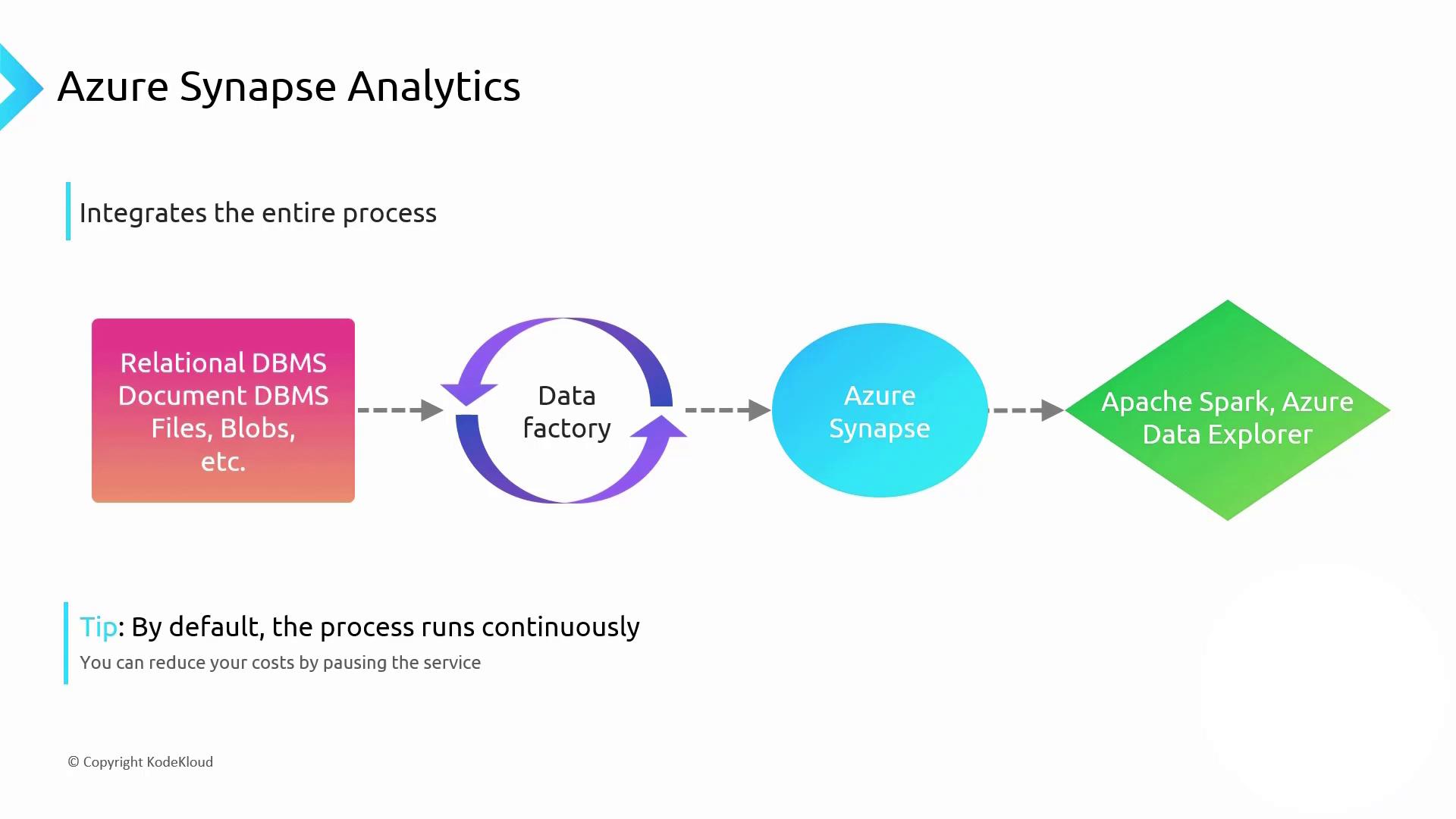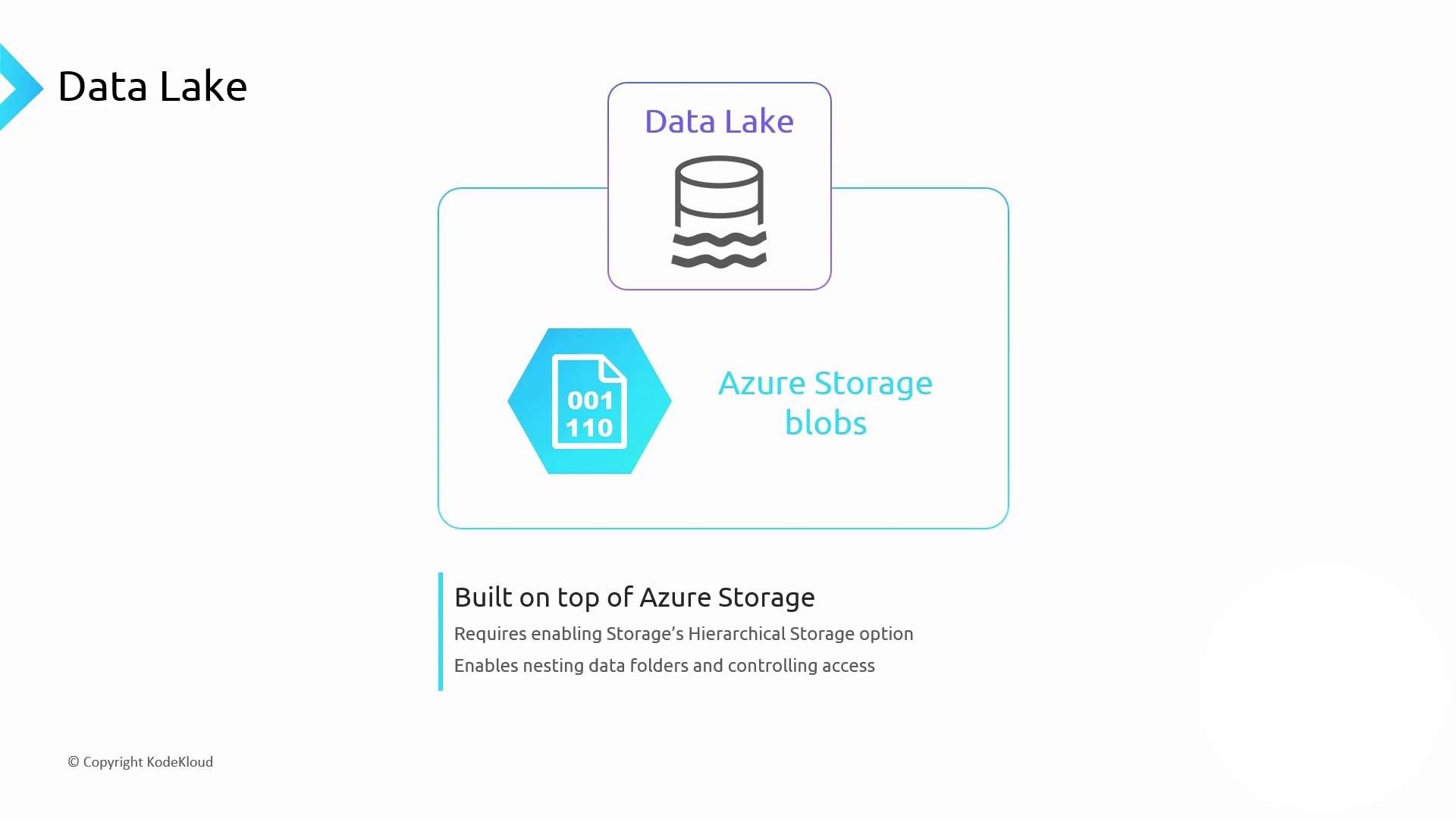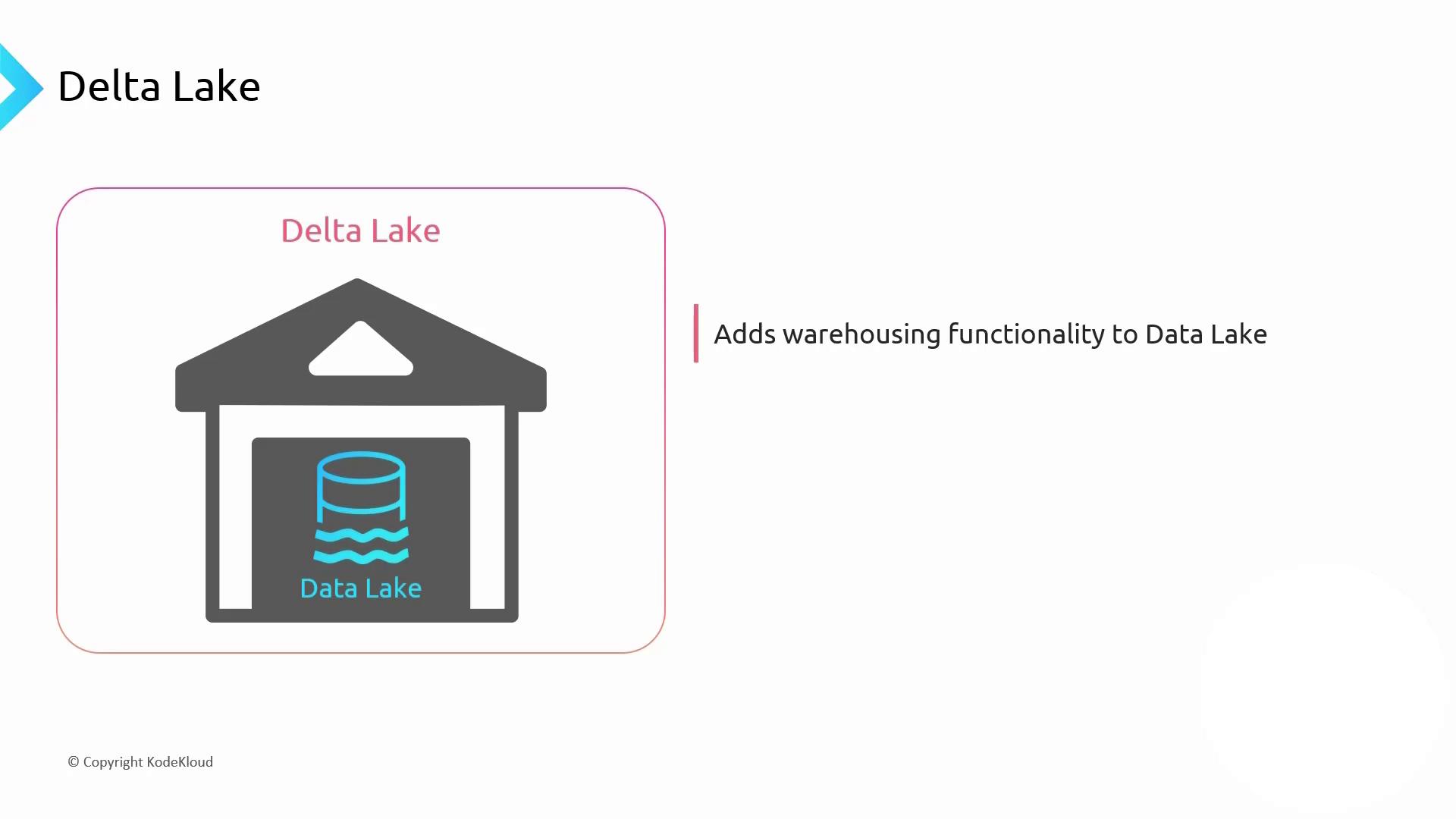DP-900: Microsoft Azure Data Fundamentals
Analyzing Data
Integrated Solutions
Welcome to the Azure Data Fundamentals (DP-900) course. In this lesson, we’ll cover end-to-end integrated solutions for ETL/ELT, data warehousing, and analytics. Instead of piecing together best-of-breed components, you can leverage platforms that manage every step—from ingestion to real-time insights—within a unified service.
Azure Synapse Analytics
Azure Synapse Analytics is Microsoft’s flagship integrated analytics platform. It combines the power of Azure Data Factory, a data warehouse, Apache Spark, and Azure Data Explorer into a seamless experience. By default, Synapse runs continuously, enabling real-time data processing and analytics.

Warning
Continuous mode in Synapse ensures up-to-the-minute insights but may lead to high compute costs. Schedule or pause pipelines to run only when you need batch reports (daily, weekly, or monthly).
Key Components
- Azure Data Factory: Orchestrates ETL/ELT workflows
- Synapse SQL Pool: Dedicated or serverless warehousing
- Apache Spark: In-memory big data processing
- Azure Data Explorer: Interactive data exploration
Learn more: Azure Synapse Analytics Documentation
Data Lake Architecture and PolyBase
Under the hood, Synapse’s storage relies on a Data Lake built on Azure Storage. Unlike traditional data warehouses, you can ingest raw files—CSV, JSON, XML, Parquet—without upfront transformation.

When you run a SQL query against your lake, Synapse uses PolyBase to:
- Extract raw data into the lake
- Load it dynamically during query execution
- Transform it on-the-fly
Note
Parquet is a column-oriented storage format optimized for analytics. It delivers high compression and performance, similar to columnar databases.
Azure Storage and Hierarchical Namespace
Your data lake files are stored as blobs in an Azure Storage account. To enable folder-like organization, activate hierarchical namespace (Data Lake Storage Gen2). This provides:
- Filesystem semantics (folders/subfolders)
- Fine-grained ACLs on directories and files
- Improved performance for large-scale analytics

For more information, see Azure Data Lake Storage Gen2.
Delta Lake: ACID and Unified Workloads
A raw data lake is flexible but lacks transactions, indexing, and ACID guarantees. Delta Lake extends cloud object storage with a transactional layer, bringing warehouse capabilities—schema enforcement, time travel, and unified batch/streaming workloads.

Delta Lake Benefits:
- ACID transactions on Parquet data
- Schema evolution and enforcement
- Switch from batch to streaming without code changes
Read the open-source project: Delta Lake
Apache Databricks
Beyond Microsoft’s stack, Apache Databricks is the most popular managed platform for Spark and Delta Lake. It offers a unified analytics environment for ETL, data warehousing, machine learning, and BI.

Why Choose Databricks?
- Fully managed Spark clusters
- Built-in support for Delta Lake transactions
- Collaborative notebooks and job scheduling
- Scales on demand, with pay-as-you-go pricing
Explore: Databricks Documentation
Integrated Platforms Comparison
| Platform | Core Components | Ideal Use Case | Documentation |
|---|---|---|---|
| Azure Synapse Analytics | Data Factory, SQL Pools, Spark, Data Explorer | End-to-end analytics with flexible compute options | Synapse Docs |
| Apache Databricks | Apache Spark, Delta Lake, MLflow | Unified analytics & AI workspaces on managed Spark | Databricks Docs |
When to Use Each Platform
- Azure Synapse Analytics: Best for organizations needing integrated SQL and Spark with hybrid provisioning (serverless + dedicated).
- Apache Databricks: Ideal for data science, machine learning, and collaborative analytics teams using Spark and Delta Lake.
Watch Video
Watch video content